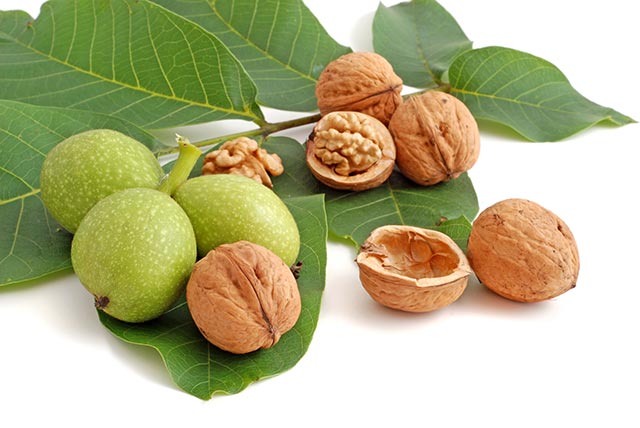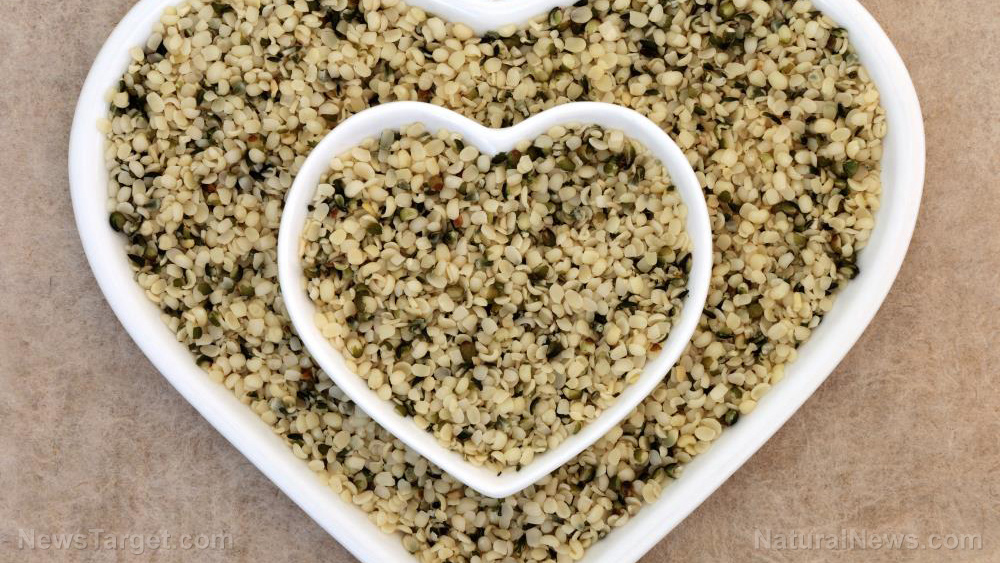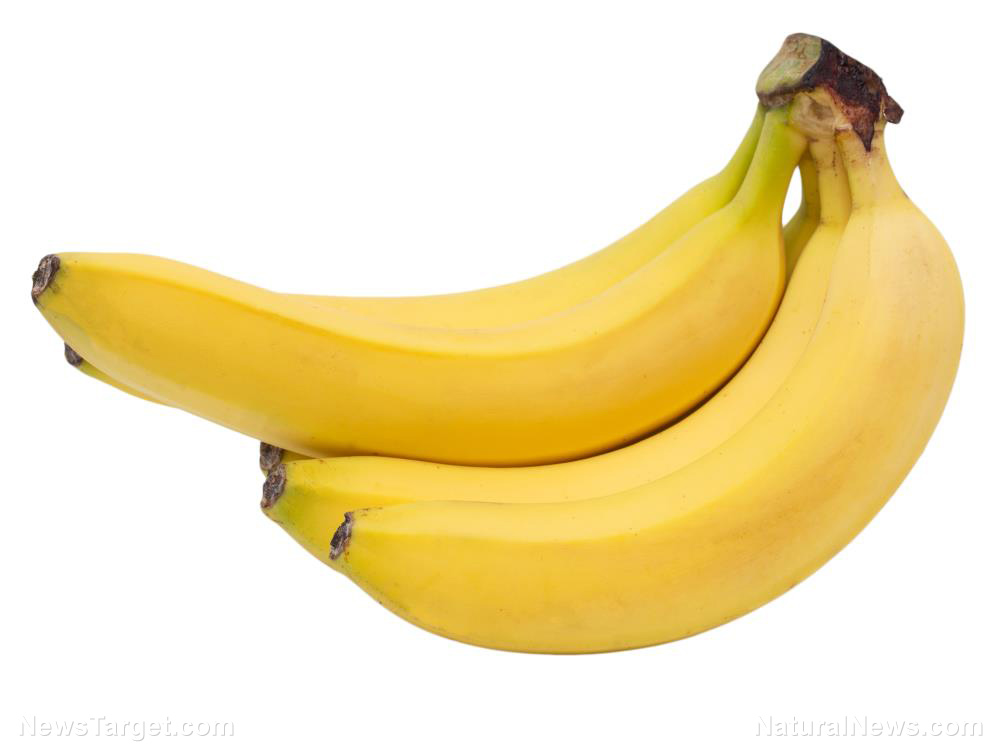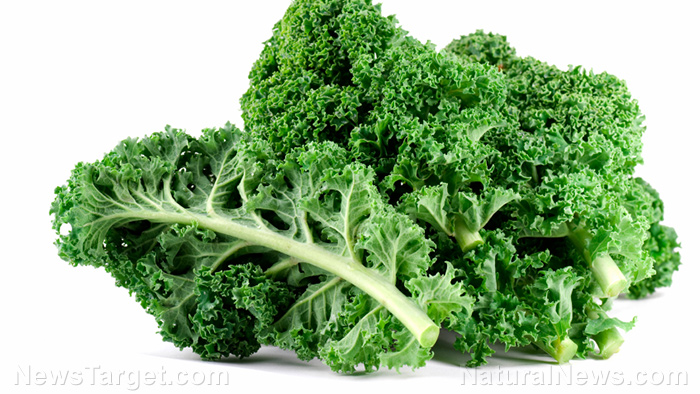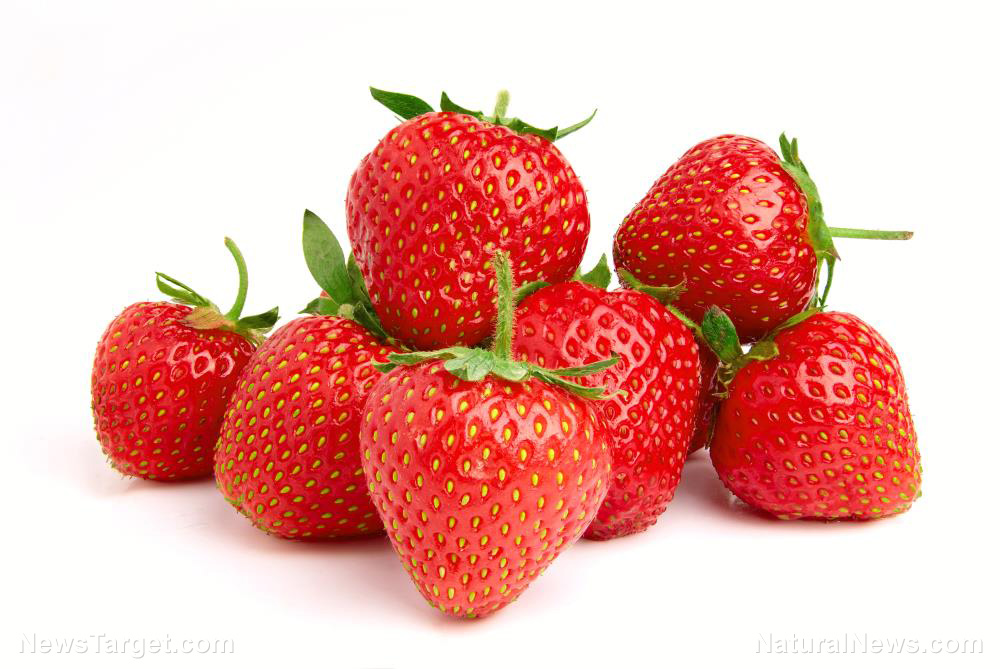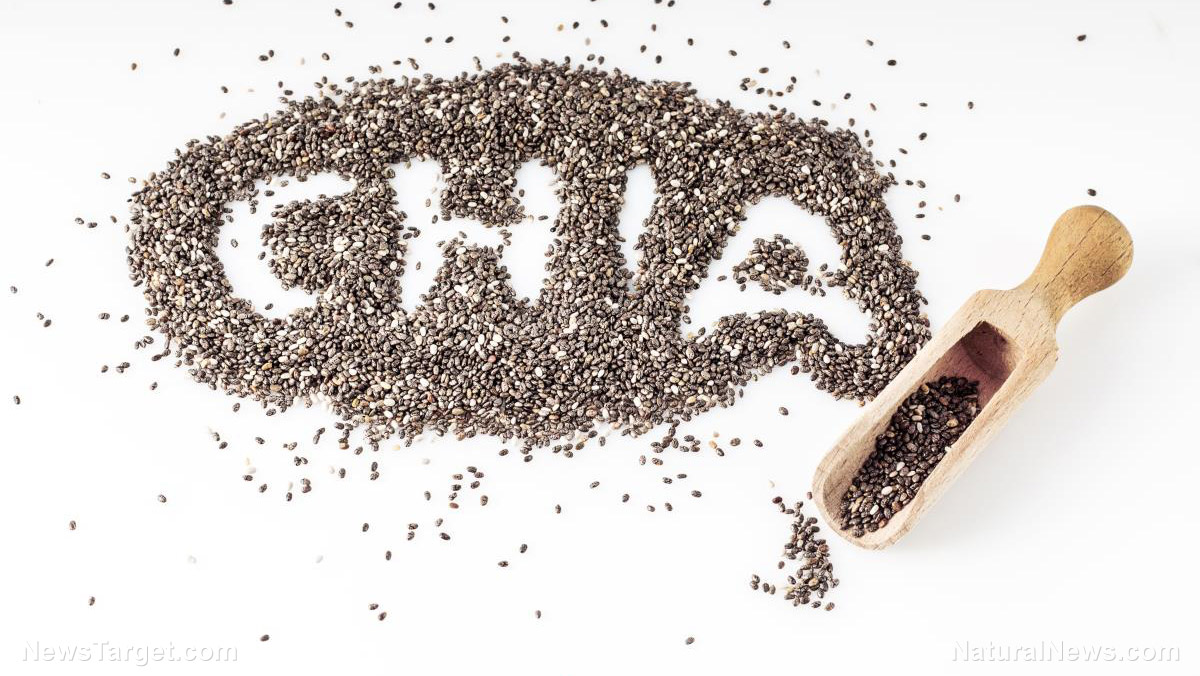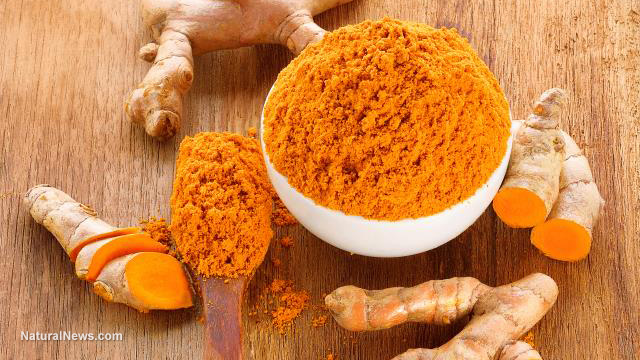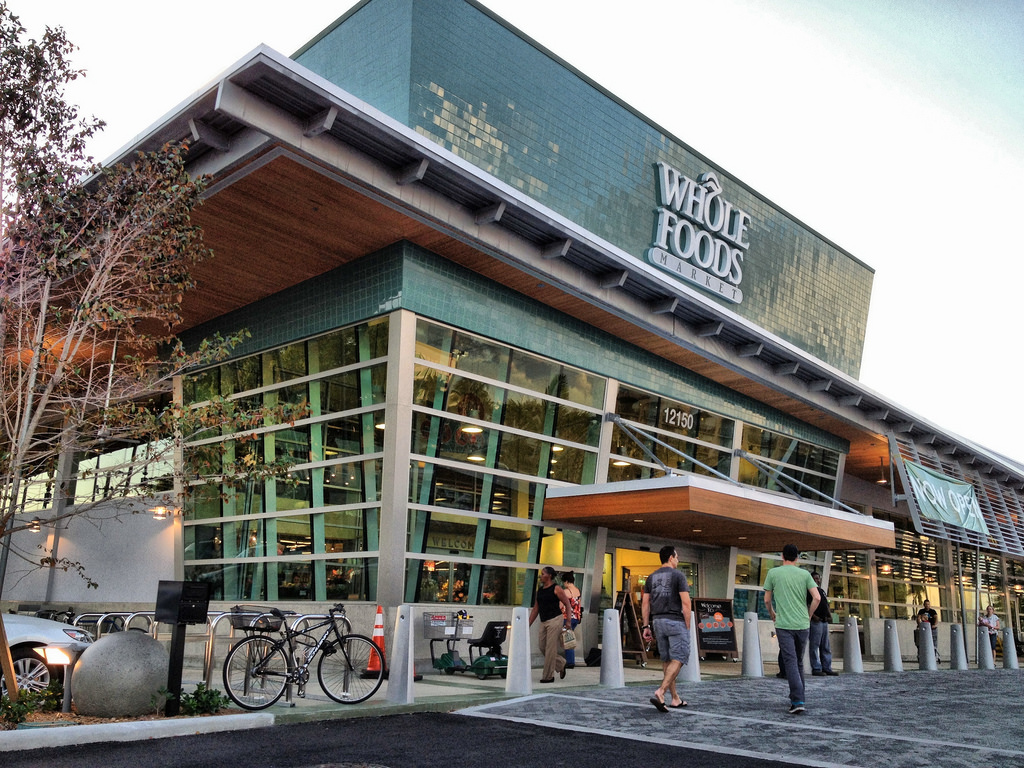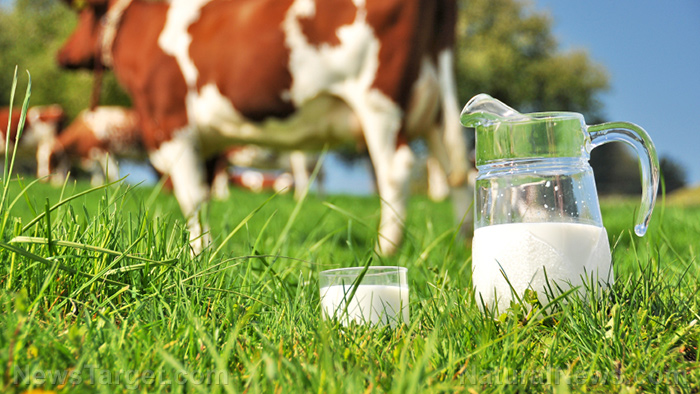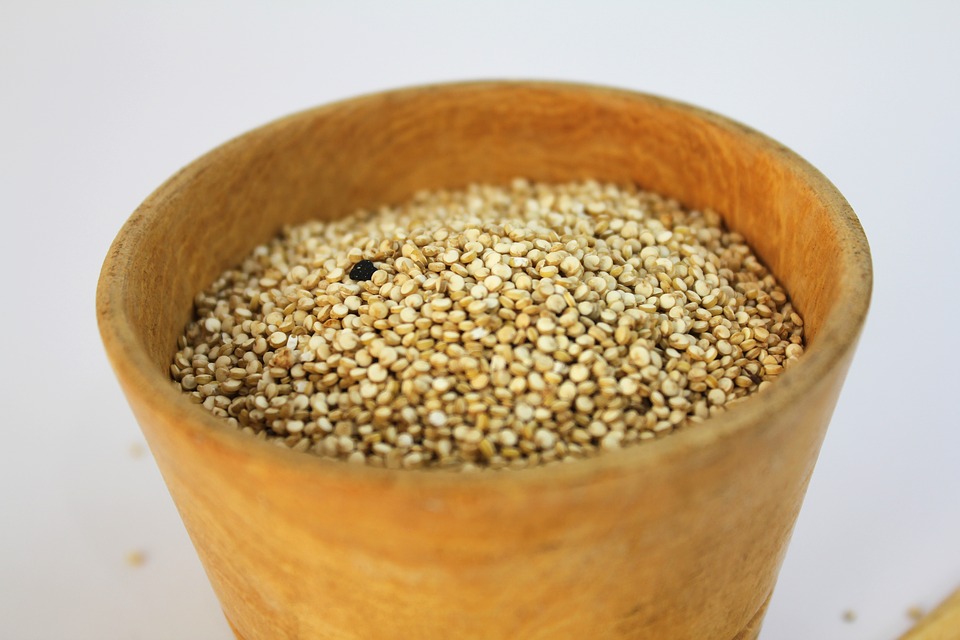Demand for superfoods continues to increase; Can production keep up?
03/17/2018 / By Isabelle Z.
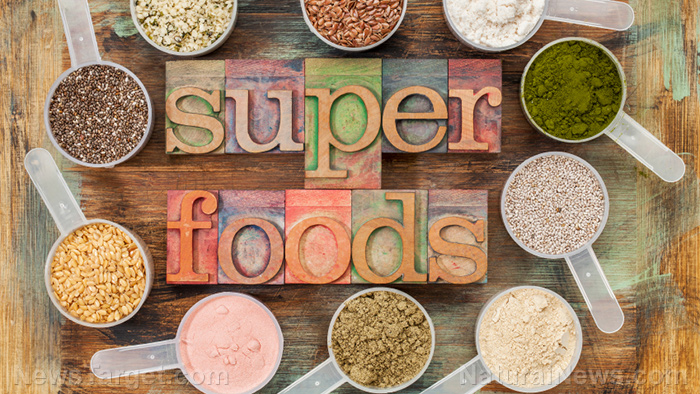
How many avocados have you eaten in the past week? How about blueberries or kale? When certain foods suddenly get a lot of attention for their nutritional content, it’s not unusual for demand to rise. The question is: Can producers keep up?
According to the World Fruit Map 2018 from Rabobank, the avocado trade has risen by more than 12 percent per year. This would be good news for producers were it not for the fact that production has grown less than 5 percent per year, leaving a lot of demand unmet. Blueberry demand has risen 11 percent per year over the last decade, and the demand for all frozen fruit has risen 5 percent in the same time period.
Superfood fads have a big impact on the global fruit trade, but their influence is not always lasting. Remember the hype surrounding goji berries a few years ago? They were once extremely difficult to find, but the madness has largely died down since then. Do superfood trends fizzle out just as quickly as they rise?
Avocados are now enjoying their day in the sun, thanks largely to the influx of photos of avocado toast on social media. Avocados are full of healthy omega 3 fatty acids and antioxidants. They help support your immune and circulatory system as well as the skin, liver and lungs. In addition to their health benefits, one thing that has made them especially popular is their versatility. They work equally well in salads, sandwiches, Mexican dishes, and smoothies. It is this flexibility that has caused the avocado’s star to rise higher than some of the less-adaptable superfoods.
Catering to this particular food fad can be difficult because planting the trees requires a big investment. However, experts believe their global demand is unlikely to collapse once the hype winds down as they’ve always been popular in places like Mexico and the United States. In China, however, their popularity is skyrocketing. More than 30 million kilos of avocados were imported in 2017; this is a huge rise over the 1.5 million kilos imported in 2013.
The environmental impact of superfood fads
One aspect of food fads that tends to be overlooked is their environmental impact. Producing avocados requires a lot of water, and it is typically dependent on agro-chemicals. It has been linked to deforestation, and on top of that, these easily-damaged fruits are often packaged in plastic for protection.
There are also social effects. When quinoa took off a few years ago in the West, its prices went through the roof, pricing out those in local populations where it is a staple crop.
Meanwhile, fresh blueberries are now being flown from South American countries like Chile to big cities like Shanghai, London and Paris to keep up with the demand for people who want smoothies every day of the year. As a low-calorie and tasty fruit that contains flavonoids and antioxidants, it’s the second most consumed berry in the U.S. and it’s popularity is surging worldwide. However, the carbon footprint of feeding this demand is significant.
Environmentally conscious consumers already know that eating local and in-season is ideal, and this is becoming easier as farmers adapt their crops to keep up with demand. It’s not always feasible, whether it’s a question of soil and weather conditions or economics, but some French and British farmers are already growing quinoa, for example.
Experts like RaboResearch Food and Agribusiness’s Cindy van Rijswick believe that the superfruit phenomenon isn’t going to fade any time soon. Therefore, more innovation will be needed if producers want to keep up with the growing demand for these foods.
Sources for this article include:
Tagged Under: avocados, Blueberries, environment, food science, food supply, fresh veggies, kale, natural remedies, nutrients, nutrition, Quinoa


